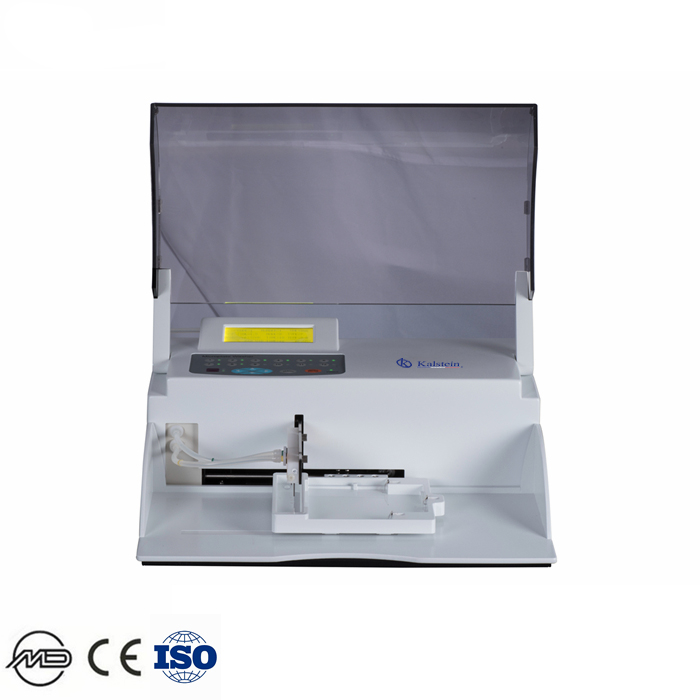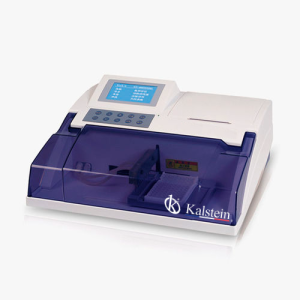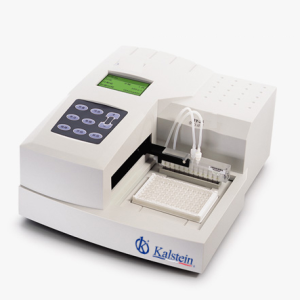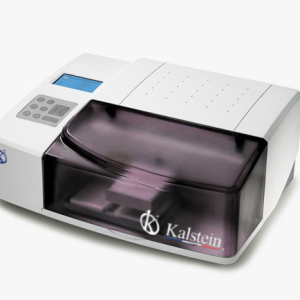Description
The Microplate Washer YR05124 – YR05125 is an advanced laboratory instrument designed to streamline and enhance the efficiency of washing processes in microplate assays. With the flexibility to accommodate both 8-well and 12-well wash heads, this product allows users to select individual or multiple strips directly via keyboard input. Compatible with flat, U-, or V-bottom plates, it offers adjustable shaking and soaking times to ensure optimal washing performance. The system also features automatic warnings for waste and liquid levels, ensuring user safety and convenience. Supported by online technical support, the microplate washer caters to a wide array of applications, from human to animal testing, providing a reliable and versatile solution for researchers.
Market Price Overview
The Microplate Washer YR05124 – YR05125 is positioned competitively in the market, with a typical price range between 3,000 USD and 3,800 USD. This pricing reflects its state-of-the-art technology and robust design, offering great value for precision laboratory work. Interested buyers are encouraged to experience the full potential of this equipment by requesting a quote through the Kalstein Plus platform, ensuring they receive the best deal possible.
Frequently Asked Questions
Q: What types of plates are compatible with this washer?
A: It is compatible with 48/96-well U- or V-bottom and flat-bottom plates or strips.
Q: Can the washer handle different soaking times?
A: Yes, the soaking time is adjustable from 0-999 seconds to suit different experimental requirements.
Pros and Cons
Pros: Flexible plate compatibility, adjustable settings, and a high storage capacity of up to 100 programs. The large LCD display and automatic liquid warnings enhance user experience and operational safety.
Cons: Operators must ensure proper maintenance to prevent performance issues, and the range of customizable settings may require a learning curve for new users.
Field Application
In practical laboratory scenarios, the Microplate Washer YR05124 – YR05125 is employed to wash plates in ELISA tests and other microplate-based assays, ensuring precise and repeatable results. Its capacity to handle variable wash cycles and volumes makes it a versatile tool for research and clinical laboratories alike.
Recommendations
To maximize the lifespan and performance of the microplate washer, regular maintenance and calibration are suggested. Users should also utilize the online support available for troubleshooting and optimizing protocols. Leveraging the flexibility of soak and shake modes can significantly improve assay consistency.
Features
- Supports 8- and 12-well wash heads
- Direct keyboard selection of strips
- Adjustable shaking and soaking times
- Automatic waste, lotion, and distilled water warnings
- Online technical support available
Technical Specifications
| Model | YR05124 | YR05125 |
| Dispense volume | 0-950uL, adjustable | |
| Washing Cycles | optional | |
| Washing Mode | 1-12, row and rank, selectable | |
| Soaking time | 0-999s adjustable | |
| Vibration time | 0-999s adjustable | |
| Display | Large LCD | |
| Channel | 2 channels(including one channel for water) | |
| Memory | UP to 100 programs can be stored | |
| Power supply | 220V±10% 50/60Hz AC110V±10% 50/60Hz 100W | |
| Dimension | 440mm(L)×305mm(W)×154mm(H) | |
| Net Weight | 13KG | |
| Micro-plate Types | 48/96-well U-/V-/Flat-bottom plates or strips | |






